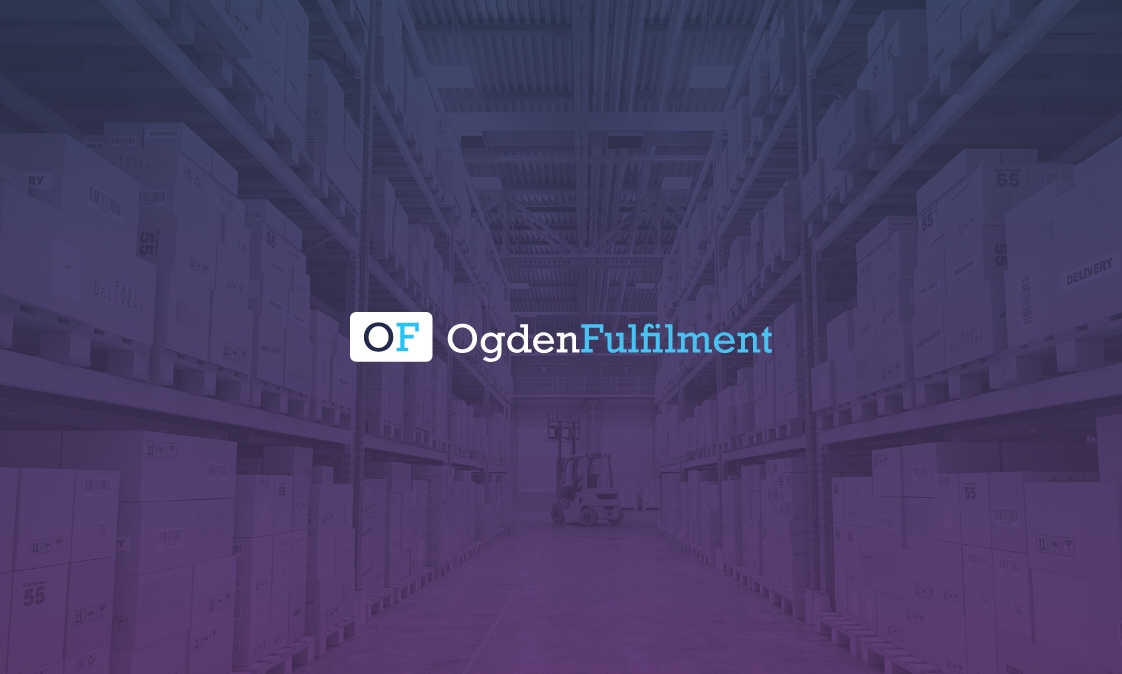Key Features of an E-Commerce Website
02/06/2019 | Share:
In this blog post, we’re going back to the basics. Maybe you’re thinking about starting an e-commerce business or evolving your brick and mortar store into online shop. Here is our mini-guide to a few of the must-have features in your e-commerce website design.
Shopping cart
First and foremost, in order for customers to be able to purchase your products or services online, you need to have shopping cart functionality. This involves the ability to add, remove or edit items from your cart. This feature may be stating the obvious but it’s how it is done that’s important.
The cart needs to be simple and able to perform its function without any problems for the customer – this could make or break your sale!
Security features
It’s great having a shopping cart but it also needs to be secure. If you are an online store selling products, it is crucial that your website is https secure (instead of http) via an SSL certificate. Having ‘https’ in the address bar signifies to the user that the website connection is secure. It is often complimented with a padlock icon to indicate this.
SSL certificates are a key feature in making your online business a secure place for transactions too. It keeps bank card information, usernames and passwords secure and as a result, helps to increase your ranking in the Google Search engine, increase customer trust and therefore lead to higher conversion rates. You can obtain an SSL certificate from a certificate authority or a web host that will integrate SSL for you.
Mobile friendly
User experience is important and you need to ensure that the experience is as seamless as possible on both desktop and mobile devices. Your website design needs to consider both platforms because mobile optimisation has now become the standard, not only in the e-commerce world but universally.
According to Google, “77% of mobile searches occur at home or at work, places where desktop computers are likely to be present”. Mobiles are therefore the go-to device for making online purchases. You don’t want mobile users feeling like they’re an afterthought by placing them on a desktop site that is hard to read. Optimising for mobile is the way forward!
User navigation
Whether it’s mobile or desktop, your e-commerce website needs to be user friendly and easy to browse. Navigation tools such as a menu should always be in an easy-to-find location on the page. The layout should be simple but effective.
Most websites also provide a search function which will allow users to find exactly what they are looking for. If you have an extensive catalogue of items, don’t forget to include filter options to help narrow down the search.
User reviews
The most authentic and impactful advocate for your business is a happy customer. Showcasing your customer’s reviews below your product and giving them the chance to write fresh ones based on their experiences are effective ways of boosting your product.
Nowadays, reviews form a significant part of a customers research prior to making a purchase. If they’ve read that the product and service is great, they are more likely to buy from you, but don’t fear the negative reviews. There are likely to be a couple of these from time to time but these help to prove your website’s authenticity and provide opportunities to show off your great customer service skills. For more information on how customer reviews can affect your business, check out our blog post here.
Wish list
Let’s say you’re browsing an e-commerce website. You like the look of a couple of items but only intend to buy one. You are considering your options but you would either like some time to think, or perhaps something has come up and you need to pause. How do you quickly and easily come back to your situation once you’re ready to make a decision? This is where a wish list comes in!
Customers can add items to a wish list if they intend on making a purchase later on. This also comes in handy when items you have are out of stock. It helps to retain your customers, especially if they have the option to be notified when the product returns to stock. With a wishlist, your chances of making the sale are increased. It also provides great insight on what type of items your customers like from your store.
Shipping and returns information
Always be sure to include information regarding the shipping in an obvious place. Make sure you are as upfront as possible regarding your shipping costs, if you’ve decided on them (see here for our discussion on free shipping).
A link to your returns policy somewhere on the product page would not go amiss either. Even though, ideally, you don’t want this to happen, returns are inevitable and customers need to know this information before making a purchase. Providing this information is also an opportunity to build trust with your customers.
Integrated logistics
Whilst this is more of a behind-the-scenes key feature of e-commerce, it is just as important due to the benefits it provides to your business. Integrating a logistics/fulfilment system to your website allows for a smoother running of your website. If your customer orders are automated, these can be easily passed on to the fulfilment service to handle. As a result, orders take less time to process and there’s less room for error. See what Ogden Fulfilment could do for your business.





